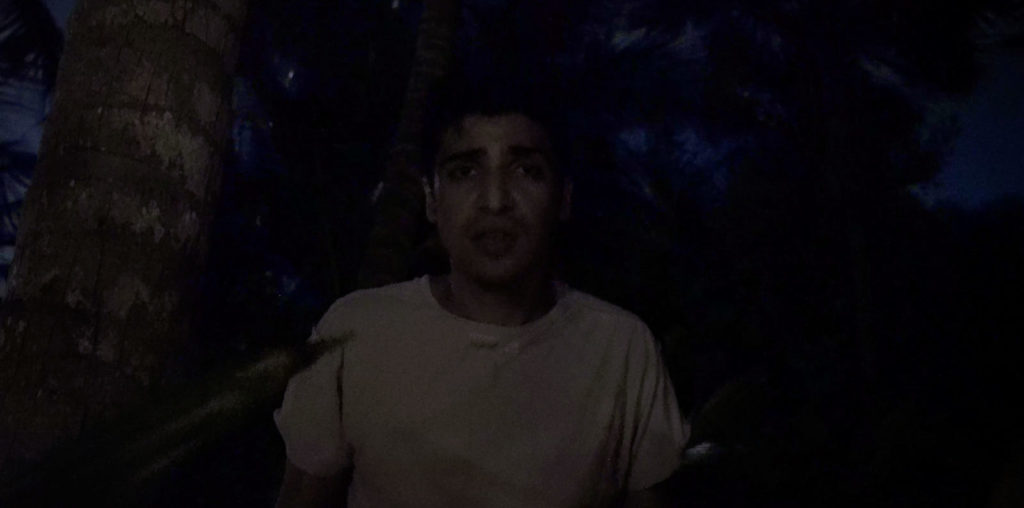
I know what you’re probably thinking. I know what I was thinking. First-time feature from a music video director (Tarsem Singh of “Losing My Religion” fame). A star (Jennifer Lopez) better known for her mediocre music album and the knuckleheaded shenanigans of her rapper boyfriend (The Puffster). The plot description screams of a pitch of “Silence of the Lambs” meets “The Matrix”. The trailer has the extreme art direction of a music video. This could be good, but it would probably be very, very bad. The results prove there’s no middle ground. It’s excellent.
Scientists at a research lab have discovered how to connect the minds of one or more people to the sub-conscience of another. One of the applications under testing is to send psychologist Catherine Deane (Lopez) into the mind of catatonic mental patients to bring them out of their state. As this major new tool requires some major new techniques of treatment, progress is slow.
Meanwhile, serial killer Carl Stargher (Vincent D’Onofrio) falls into a coma due to a rare form of schizophrenia, but not before putting his final victim in a special cell hidden somewhere in California that will kill her within two days. The FBI, led by Agent Peter Novak (Vince Vaughn), discover the unconscious monster and realize the clock is ticking. How will they find the missing girl? Take a guess.
It’s time to give props to director Tarsem and writer Mark Protosevich. Nothing is taken lightly or played for laughs. The filmmakers do not readily accept all the cliches of serial killer or virtual reality movies. If someone dies while inside, do they die in real life? They don’t know. The scientists had just invented the technology. They’re presented as a long way away from knowing all of its ramifications. They only know the whole experience is really freaky. In the film you don’t really know how much of what Lopez experiences is actually in someone else’s head and how much might just be a hallucination.
Most of the depictions you see of dreams or the subconscious in films feel fake and contrived. Of all the “Nightmare on Elm Street” movies, the only entries to really simulate a sort of dream logic are the two Wes Craven directed, the first one and “New Nightmare”. The majority of films that attempt this sort of recreation end up as half-assed as “Dreamscape”. “The Cell” succeeds. Settings change as certain thoughts trigger other thoughts. Geography, logic, and even gravity are subjective. Tarsem employs no quick edits throughout nearly the entire film, and great attention is spent as much on what you hear as what you see. The director seems far more influenced by David Lynch and Cronenberg and the film “Manhunter” (based on the novel “Silence of the Lambs”-prequel, “Red Dragon”) than “Lambs”. Much religious iconography is also used, and usually not in any pleasant way.
What I appreciate most is that the filmmakers did not provide any simple solutions or easy villains. Stargher does some monstrous things that can not be excused but the first victim in his rampage was himself. He was failed by both nature and nurture as a tortured childhood combined with a severe and biologically induced form of schizophrenia. Modern psychology is presented with its limitations. The ending doesn’t come easily or resolve all of the questions that are raised. What Tarsem and Protosevich have succeeded most at is in creating a new and vast world. We only just get to enter it. Much of it can only be suggested by our own imaginations and what greater horrors are there than the ones that exist in our own minds? Any movie that makes me think that much must be pretty f*****g good.

